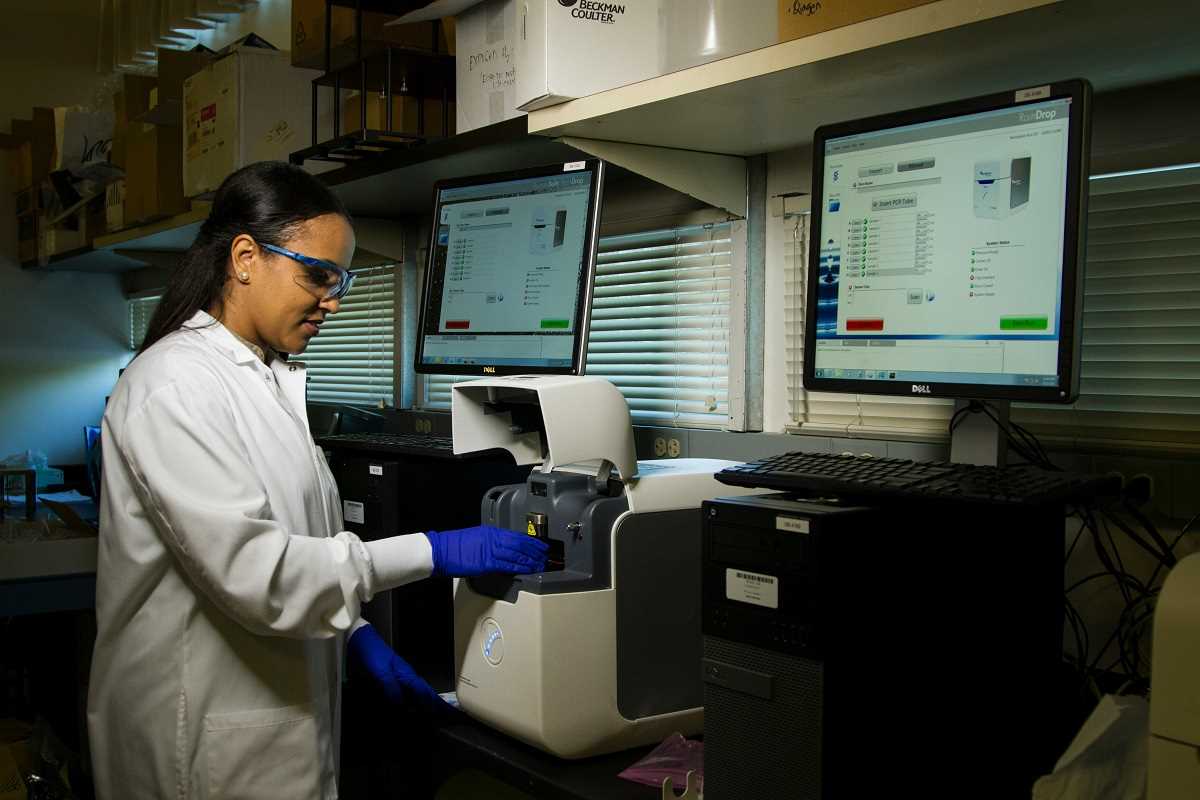In the digital age, cybersecurity threats are more sophisticated than ever. Businesses of all sizes are grappling with a rising tide of cyberattacks, from phishing schemes and ransomware to data breaches. While security tools like firewalls and antivirus software have their place, they can only go so far. Enter multi-factor authentication (MFA): a security measure that adds a crucial extra layer of defense to protect businesses, sensitive information, and user accounts.
Multi-factor authentication has gone from being a technical luxury to an essential necessity. Why? Because passwords alone simply aren’t enough anymore. They can be stolen, guessed, or compromised through a variety of methods. MFA strengthens the defense by requiring users to verify their identity through multiple checkpoints. This added layer of protection makes it significantly harder for attackers to gain access to systems, accounts, or networks — even if they manage to crack a password.
So, if you’ve been on the fence about implementing MFA for your business, it’s time to understand its role in cybersecurity and why it should become part of your company’s standard security strategy. Let’s explore the ins and outs of multi-factor authentication and its role in business protection.
Understanding Multi-Factor Authentication
At its core, multi-factor authentication is the process of requiring users to provide multiple forms of identification before gaining access to a system, application, or network. Unlike traditional login methods that rely solely on a username and password, MFA builds on a “layered security” model by incorporating additional methods of verification. These methods generally fall into three categories:
- Something you know: This is typically a password or PIN.
- Something you have: This could include a physical token, smartphone, or authentication app.
- Something you are: This involves biometric verification like fingerprint scanning, facial recognition, or voice recognition.
The idea is to combine at least two of these elements to verify a user’s identity. For example, a user might enter a password (something they know) and then receive a one-time code on their smartphone (something they have). Even if a hacker has the password, they would still need access to the user’s physical device to gain entry — making it far more difficult to compromise the system.
The beauty of multi-factor authentication lies in its simplicity and effectiveness. It doesn’t just rely on one layer of security but ensures that a breach would require multiple steps or resources. This makes MFA one of the most cost-effective and straightforward methods of fortifying cybersecurity for any business.
Protecting Sensitive Data Against Cyberattacks
Businesses handle vast amounts of sensitive data every day, from customer financial information to employee personal records and intellectual property. This data is highly valuable to cybercriminals. When attackers gain access to systems or networks, they can exploit this information for financial gain, corporate espionage, or other malicious purposes. This is where multi-factor authentication becomes a vital defense mechanism.
By adding additional layers of verification, MFA prevents hackers from easily accessing sensitive systems — even if they manage to obtain a user’s password through phishing attacks or other methods. Many cyberattacks rely on the simplicity of guessing or stealing a single password, but MFA closes this vulnerability by requiring more than just a password to gain entry.
For example, imagine a hacker tries to gain access to an employee's email account. They might try phishing tactics to obtain the password, but with MFA enabled, they would need the second layer of authentication—such as a unique one-time passcode sent to the employee’s phone. Without this additional factor, the hacker would be unable to breach the system. This significantly reduces the likelihood of a successful data breach and ensures that even stolen credentials are insufficient for accessing sensitive accounts or data.
Multi-factor authentication acts as a barrier, protecting confidential business information, customer trust, and organizational reputation from being compromised.
Strengthening Defense Against Modern Threats
The modern cyber threat landscape is constantly evolving. Cybercriminals are employing increasingly sophisticated methods to bypass traditional security measures. Passwords are no longer enough to act as the sole line of defense against hackers. A password alone can be brute-forced, phished, or stolen, leaving systems vulnerable. Multi-factor authentication, on the other hand, adds complexity to the equation for attackers, making their efforts far less likely to succeed.
Modern threats like ransomware, credential stuffing, and phishing attacks are making MFA more critical by the day. With credential stuffing, hackers use automated tools to try thousands of compromised username and password combinations across different systems. Multi-factor authentication prevents these attacks from being successful because the attacker would still need to pass additional security checks.
Implementing MFA makes it significantly harder for hackers to gain access to networks and systems. Whether attackers are targeting employees’ accounts or trying to exploit weaknesses in system security, MFA acts as an additional obstacle. It forces attackers to invest time, effort, and resources into overcoming multiple layers of protection — something many hackers simply won’t bother doing.
MFA doesn’t just slow down attackers; it stops many cyber threats outright. As cyberattacks grow in complexity and frequency, MFA provides a straightforward, cost-effective way to stay one step ahead.
Streamlining User Access and Operational Flexibility
While multi-factor authentication is a powerful security tool, many organizations shy away from implementing it because they think it will be cumbersome for employees or slow down productivity. However, modern MFA solutions are designed to balance security with user convenience. When implemented properly, they streamline user access while still maintaining high levels of protection.
For instance, MFA can provide conditional access, allowing employees to authenticate more easily when working from trusted networks but requiring higher levels of verification when connecting remotely or from an unfamiliar device. This flexibility allows businesses to maintain a strong security posture without unnecessarily burdening users.
Additionally, MFA can simplify recovery processes. If a user forgets a password, their identity can often be verified through additional authentication factors, such as biometric data or a smartphone passcode, ensuring minimal downtime or disruption to productivity. This approach ensures that users aren’t left locked out of their accounts or forced to wait for lengthy IT recovery processes.
Properly implemented MFA can enhance both user experience and organizational security, offering a seamless yet secure way for employees to access the systems they need to perform their jobs efficiently.
Implementing Multi-Factor Authentication Across Your Organization
Implementing multi-factor authentication may sound complex, but it doesn’t have to be. Businesses can take clear, strategic steps to integrate MFA into their security systems, ensuring their data and accounts are fully protected. Here are a few steps to get started:
- Assess risk levels: Identify the most sensitive accounts, applications, and systems that require MFA as a priority. Financial accounts, administrative access, and customer databases are high-value targets that should be prioritized.
- Educate employees: Ensure that employees understand the importance of MFA and how it works. A well-informed workforce will be more likely to adopt and embrace security practices.
- Choose the right MFA method: Options include SMS codes, app-based authentication, biometric data, and hardware tokens. Businesses should select the method that aligns with employee habits and the organization’s overall IT infrastructure.
- Make the process user-friendly: Avoid overly complicated authentication processes that might lead employees to circumvent MFA altogether. Streamlined, intuitive MFA processes will encourage compliance.
- Regularly monitor and update security protocols: Cyber threats evolve over time, so ensure that MFA practices and security strategies are revisited and adjusted as threats change.
Multi-factor authentication is no longer optional — it’s a necessity in a time when digital threats are sophisticated, widespread, and damaging. While no system is completely immune from attack, MFA drastically reduces vulnerabilities and offers a reliable layer of protection for business data, employee accounts, and customer trust.
By implementing MFA across their networks, organizations demonstrate a proactive approach to cybersecurity. Multi-factor authentication isn’t just about keeping hackers at bay — it’s about protecting your brand reputation, financial data, and competitive edge in a digital world.
 (Image source: Midjourney)
(Image source: Midjourney) 





